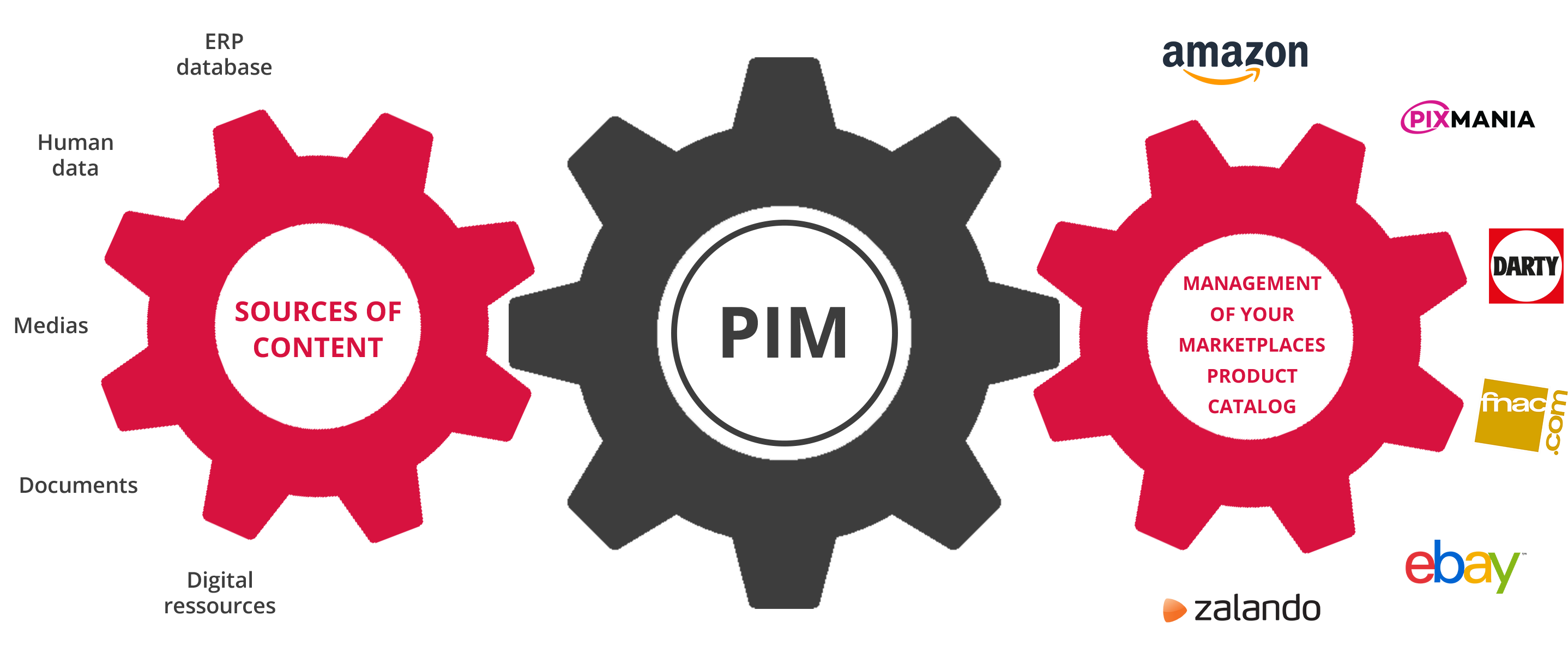Whether pure player or hybrid, B2B or B2C, generalist or specialist, international or local... The marketplace model is a dazzling success. Amazon, Cdiscount, AliExpress, Ebay, La Redoute and other marketplaces are now essential and are becoming a priority for brands in order to multiply sales channels. As a “digital shopping center”, the role of a marketplace is to bring buyers and sellers together. But what are the advantages for both? As a brand, why sell on marketplaces? This article focuses on B2C marketplaces.
A pool of clients for brands
B2C marketplaces are competing with each other to attract more and more customers. But beyond the inseparable « trafic » aspect of this model, there are many advantages for consumers. The most popular marketplaces feature a multiplicity of brands and product categories. Being able to buy products of different brands from a single platform is attractive. A colossal offer that attracts consumers, with prices that are generally very competitive and the ability to compare products with just a few clicks. In addition to these positive points, the security of transactions is also very important. Cyber-buyers expect guarantees and going through a marketplace that offers a secure shopping experience by playing the role of a trusted third party reassures them. Also worth noting are the various delivery methods, the obligations imposed on sellers (delivery time, after-sales service, etc.), the regulated conditions for returns and refunds, any Premium programs along with other value-added services... Marketplaces are attractive, and cyber-buyers are in demand.
Why sell on marketplaces?
Marketplaces are on the upswing and undoubtedly benefit from the ‘COVID-19 effect’, but it should be noted that the existence of these platforms is by no means a novelty in the e-commerce landscape. For a brand or manufacturer, marketing all or part of its catalogue through a marketplace has several advantages. The number one advantage lies in the marketplace's capacity to generate quantitative traffic – and therefore potential customers – via various acquisition channels, most of which require significant financial and human investment. The brand benefits from the visibility of the marketplace and its power to strike potential customers without having to bear the direct costs (the marketplace is generally remunerated by a commission system).
Being present on a marketplace like Amazon, for example, means being visible to a colossal community of potential customers. An excellent lever to develop brand awareness dans sa catégorie… and increase sales! Marketing your products on one or more marketplaces is adding a string to your bow to increase your turnover.
How to sell on marketplaces?
It is important to select in advance the most relevant marketplace(s) in relation to your offer. General or vertical marketplaces? Local, national, or international? Of course it is essential to study the volume of traffic, the reputation, and the conditions of each marketplace. Once the perimeter has been defined and the steps taken with the target marketplace(s) have been completed, it is time to take action by putting your offer online, and product information becomes a central issue. Note that each marketplace has its own specifications and therefore requires different information from competing platforms. For example, the definition (number of pixels) required for product visuals is not the same between all marketplaces.
Prepare carefully for the deployment of your catalogue in the marketplaces, making sure that you have the requested information, whether mandatory or optional, in digital format. Marketplaces are platforms designed to offer shoppers a smooth journey and the interface includes a search system with numerous filters (category, product type, product variant, options...). It is therefore strategic for brands to fill in the forms correctly to offer maximum visibility to their products. Manually creating the product sheets on the marketplaces is tedious and counter-productive. Using a PIM¹ solution – which you certainly already have if you work with one or more supermarket chains – is an answer to this problem. As the product sheets are centralized within the PIM, they can be distributed to all your sales channels, including marketplaces. Are you planning to use a flow aggregator? Then your PIM solution will be the main source of data to feed it.

In 2021, 33% of online sales will be on marketplaces2. Will your company be up for the challenge?
¹Product Information Management
²According to the study “BtoC marketplaces and their ecosystem" published by Xerfi

